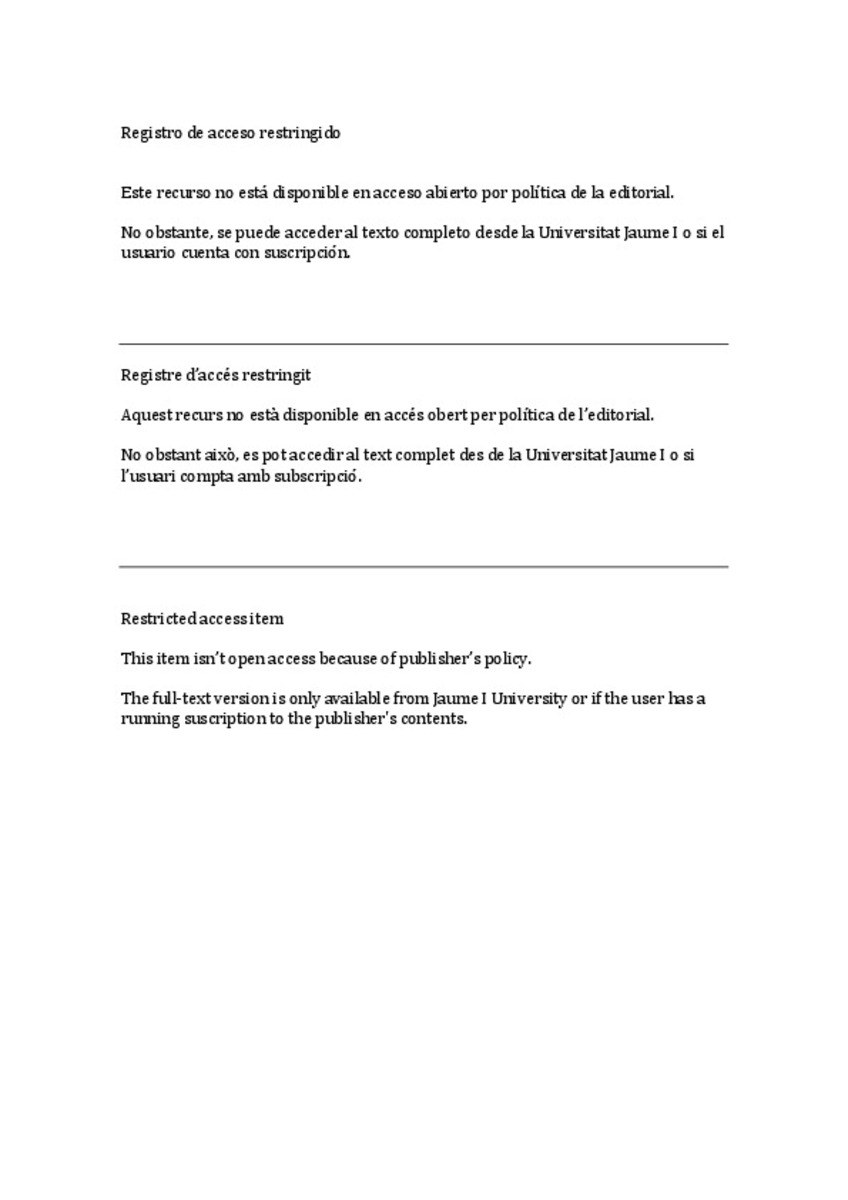Mostrar el registro sencillo del ítem
Ion channel activity of the CSFV p7 viroporin in surrogates of the ER lipid bilayer
| dc.contributor.author | Largo, Eneko | |
| dc.contributor.author | Verdiá Báguena, Carmen | |
| dc.contributor.author | Aguilella, Vicente | |
| dc.contributor.author | Nieva, José L. | |
| dc.contributor.author | Alcaraz, Antonio | |
| dc.date.accessioned | 2016-04-27T09:17:10Z | |
| dc.date.available | 2016-04-27T09:17:10Z | |
| dc.date.issued | 2016-01 | |
| dc.identifier.citation | LARGO, Eneko, et al. Ion channel activity of the CSFV p7 viroporin in surrogates of the ER lipid bilayer. Biochimica et Biophysica Acta (BBA)-Biomembranes, 2016, vol. 1858, no 1, p. 30-37 | ca_CA |
| dc.identifier.issn | 0005-2736 | |
| dc.identifier.uri | http://hdl.handle.net/10234/158978 | |
| dc.description.abstract | Viroporins comprise a family of non-structural proteins that play significant and diverse roles during the replication cycle of many animal viruses. Consequently, they have become promising targets for inhibitory drug and vaccine development. Structure–function traits common to all members of the family are their small size (ca. 60–120 aa), high hydrophobicity, and the presence of helical domains that transverse the membrane and assemble into oligomeric-permeating structures therein. The possibility that viroporins show in particular conditions any kind of specificity in the transport of ions and small solutes remains a point of contention in the field. Here we have approached this issue using the Classical Swine Fever Virus (CSFV) protein p7 viroporin as a model. We have previously reported that CSFV-p7 induces release of ANTS (MW: 427.33) from lipid vesicles that emulate the Endoplasmic Reticulum (ER) membrane, and that this process is dependent on pH, modulated by the lipid composition, and recreated by a C-terminal transmembrane helix. Here we have assayed CSFV-p7 for its capacity to form ion-conducting channels in ER-like planar lipid membranes, and established whether this activity is subject to regulation by the same factors. The analysis of electrophysiological recordings in ER membrane surrogates suggests that CSFV-p7 forms pores wide enough to allow ANTS release. Moreover, we were able to discriminate between two pore structures with slightly different sizes and opposite ion selectivities. The fact that the relative abundances of each pore type depend crucially on membrane composition strengthens the view that the physicochemical properties of the lipid bilayers present in the cell endomembrane system modulate viroporin activity. | ca_CA |
| dc.description.sponsorShip | The authors acknowledge financial support by the Spanish Ministry of Economy and Competitiveness (MINECO Project FIS2013-40473-P), Fundació Caixa Castelló-Bancaixa (Project no. P1-1B2012-03), the Agricultural Research Service of the US (ARS-USDA Project 8064-32000-056-18S to EL and JLN) and the Basque Government (Project IT838-13 to JLN). We thank Dr. Manuel Borca (Plum Island Animal Disease Center, ARS, USDA) for the provision of p7 protein and derived peptides used in this study. | ca_CA |
| dc.format.extent | 8 p. | ca_CA |
| dc.format.mimetype | application/pdf | ca_CA |
| dc.language.iso | eng | ca_CA |
| dc.publisher | Elsevier | ca_CA |
| dc.relation.isPartOf | Biochimica et Biophysica Acta (BBA)-Biomembranes, 2016, vol. 1858, no 1 | ca_CA |
| dc.rights | Copyright © 2015 Elsevier B.V. All rights reserved. | ca_CA |
| dc.rights.uri | http://rightsstatements.org/vocab/InC/1.0/ | * |
| dc.subject | Viroporins | ca_CA |
| dc.subject | Ion channels | ca_CA |
| dc.subject | Planar membranes | ca_CA |
| dc.subject | Lipid vesicles | ca_CA |
| dc.title | Ion channel activity of the CSFV p7 viroporin in surrogates of the ER lipid bilayer | ca_CA |
| dc.type | info:eu-repo/semantics/article | ca_CA |
| dc.identifier.doi | http://dx.doi.org/10.1016/j.bbamem.2015.10.007 | |
| dc.rights.accessRights | info:eu-repo/semantics/restrictedAccess | ca_CA |
| dc.relation.publisherVersion | http://www.sciencedirect.com/science/article/pii/S0005273615003351 | ca_CA |
| dc.type.version | info:eu-repo/semantics/publishedVersion |
Ficheros en el ítem
Este ítem aparece en la(s) siguiente(s) colección(ones)
-
FCA_Articles [501]
Articles de publicacions periódiques







